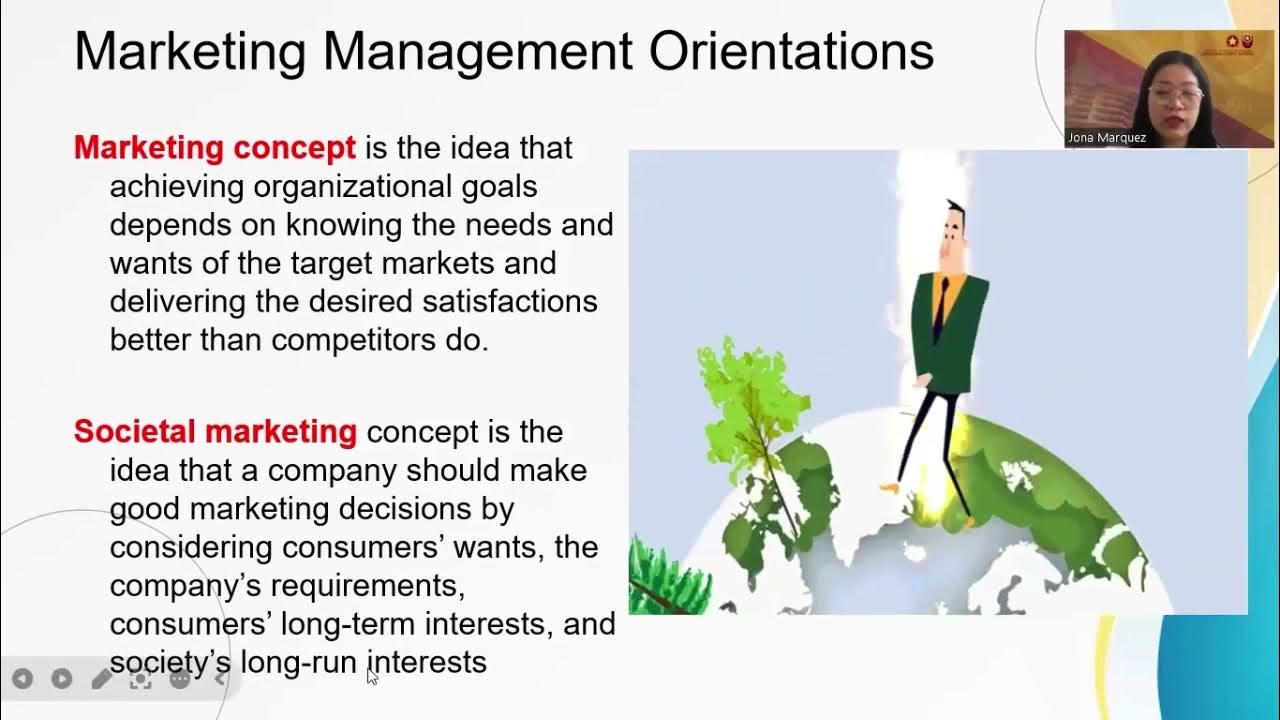What is CRM? | Customer Relationship Management
Summary
TLDRThis video delves into Customer Relationship Management (CRM), exploring its key role in building long-term customer relationships. It covers the three main types of CRM systems—Operational, Analytical, and Collaborative—and their unique benefits. The video also highlights factors to consider when choosing a CRM, such as business objectives, scalability, budget, and integration capabilities. Key benefits of CRM include improved customer service, enhanced sales processes, targeted marketing, automation of routine tasks, and better collaboration. Ultimately, CRM systems help businesses optimize their customer interactions, drive growth, and stay competitive in a data-driven world.
Takeaways
- 😀 CRM (Customer Relationship Management) is a strategy for managing interactions with customers, utilizing software to automate tasks, track details, and improve relationships.
- 😀 There are three main types of CRM: Operational CRM (Salesforce Automation), Analytical CRM (Business Intelligence), and Collaborative CRM, each serving different business needs.
- 😀 Operational CRM focuses on streamlining daily customer interactions, automating sales, marketing, and customer service tasks for efficiency.
- 😀 Analytical CRM helps businesses analyze large customer data to uncover trends, behaviors, and preferences, improving decision-making and customer satisfaction.
- 😀 Collaborative CRM enables communication across departments (sales, marketing, customer support), ensuring all teams have access to the same customer data.
- 😀 When choosing a CRM system, businesses should consider factors like objectives, scalability, budget, deployment options, integration capabilities, and automation features.
- 😀 CRM systems centralize customer data, providing a comprehensive view of interactions, preferences, and history to enhance customer understanding.
- 😀 CRM improves customer service by providing customer service teams with easy access to relevant data, enabling them to resolve issues faster and more personally.
- 😀 CRM systems automate repetitive tasks like data entry and appointment scheduling, increasing efficiency and freeing employees for higher-value activities.
- 😀 CRM systems improve lead nurturing by tracking interactions and ensuring consistent follow-up, enhancing the chances of conversion.
- 😀 Implementing CRM can lead to better collaboration across departments, increased customer retention, and reduced operational costs, while ensuring compliance with data security regulations.
Q & A
What is CRM and why is it important for businesses?
-CRM (Customer Relationship Management) is a strategy businesses use to manage interactions with customers and potential customers. It helps companies improve customer relationships, increase customer satisfaction, and drive long-term business success by managing contact data, automating tasks, tracking customer interactions, and analyzing data.
What are the three main types of CRM systems?
-The three main types of CRM systems are Operational CRM, Analytical CRM, and Collaborative CRM. Operational CRM focuses on automating customer-facing activities like sales and customer service. Analytical CRM analyzes customer data to gain insights for decision-making. Collaborative CRM enhances communication across different departments to provide a cohesive customer experience.
Can you give examples of Operational CRM systems?
-Examples of Operational CRM systems include Salesforce, HubSpot CRM, and Zoho CRM. These tools focus on streamlining customer interactions and managing day-to-day tasks such as sales and marketing.
What does Analytical CRM focus on, and who would benefit from it?
-Analytical CRM focuses on analyzing large volumes of customer data to uncover insights into customer behavior, preferences, and trends. It is beneficial for businesses that have extensive customer data but need help extracting actionable insights. Examples include Microsoft Dynamics 365 and Oracle SalesCloud.
How does Collaborative CRM enhance customer experience?
-Collaborative CRM ensures that teams from different departments (e.g., sales, marketing, customer support) have access to the same customer data. This real-time sharing of information enhances communication and helps deliver a unified, seamless customer experience.
What factors should be considered when selecting a CRM system?
-When selecting a CRM system, businesses should consider factors such as business objectives, scalability, budget, deployment options (cloud-based or on-premise), integration capabilities with other tools, automation features, and customer support provided by the CRM vendor.
How can CRM systems improve sales processes?
-CRM systems streamline sales processes by automating tasks such as lead management, contact tracking, and opportunity management. This results in improved sales efficiency, shorter sales cycles, and higher conversion rates.
What role does CRM play in data-driven decision-making?
-CRM systems generate detailed reports and analytics on customer trends, sales performance, and marketing effectiveness. This data allows businesses to make informed decisions, allocate resources more effectively, and identify areas for improvement.
How does CRM contribute to customer retention?
-CRM helps businesses retain customers by providing personalized and attentive service. It can identify at-risk customers, enabling businesses to implement retention strategies that improve loyalty and reduce churn.
What are the benefits of using CRM for marketing campaigns?
-CRM allows businesses to segment their customer base based on demographics, behaviors, and preferences. This segmentation helps create highly targeted marketing campaigns that are more likely to resonate with specific customer groups, increasing the likelihood of successful outcomes.
In what ways does CRM contribute to cost reduction?
-CRM systems contribute to cost reduction by automating repetitive tasks, improving efficiency, and reducing spending on ineffective marketing campaigns. They also minimize the risk of missed sales opportunities and streamline business processes.
Outlines

This section is available to paid users only. Please upgrade to access this part.
Upgrade NowMindmap

This section is available to paid users only. Please upgrade to access this part.
Upgrade NowKeywords

This section is available to paid users only. Please upgrade to access this part.
Upgrade NowHighlights

This section is available to paid users only. Please upgrade to access this part.
Upgrade NowTranscripts

This section is available to paid users only. Please upgrade to access this part.
Upgrade NowBrowse More Related Video

SISTEM INFORMASI MANAGEMENT: Customer Relationship Management (CRM)

APA ITU CUSTOMER RELATIONSHIP MANAGEMENT

SIMAK, PENITNG NICH: APA ITU CRM? #CRM

What is Customer Relationship Management (CRM)?| From A Business Professor

Topic 1 - Marketing Managing Profitable Customer Relationships

Penerapan Customer Relationship Management di Perusahaan
5.0 / 5 (0 votes)